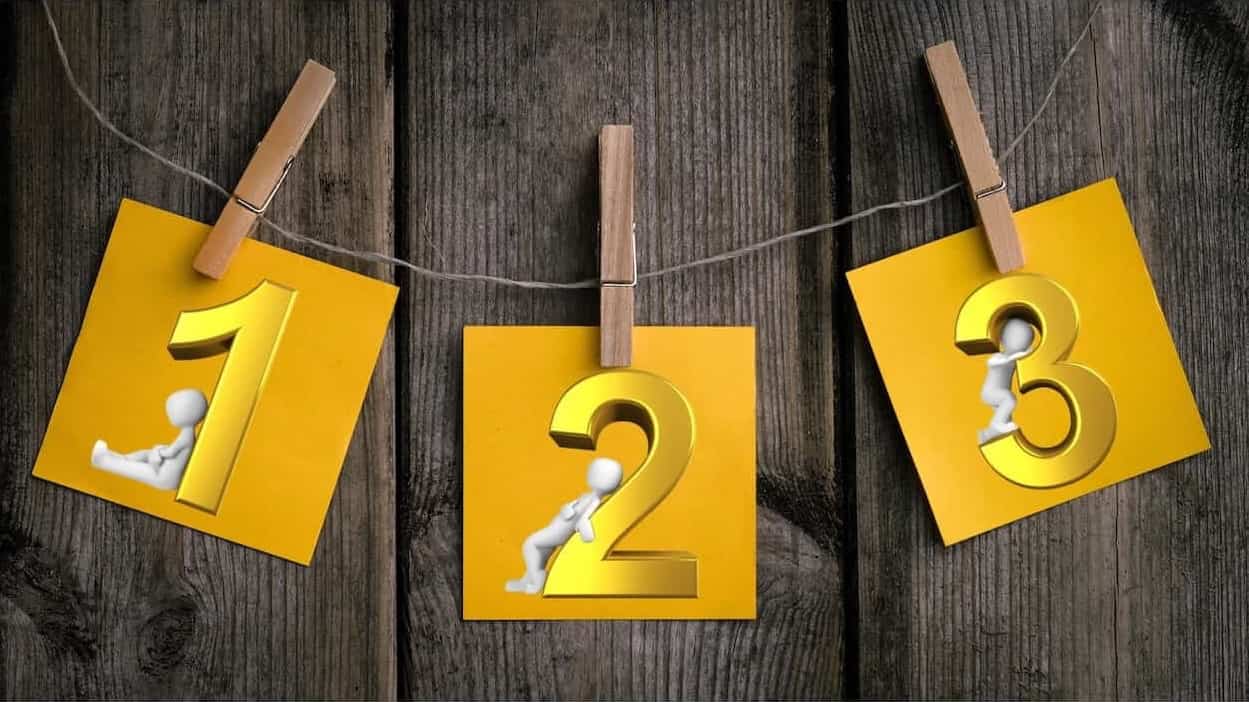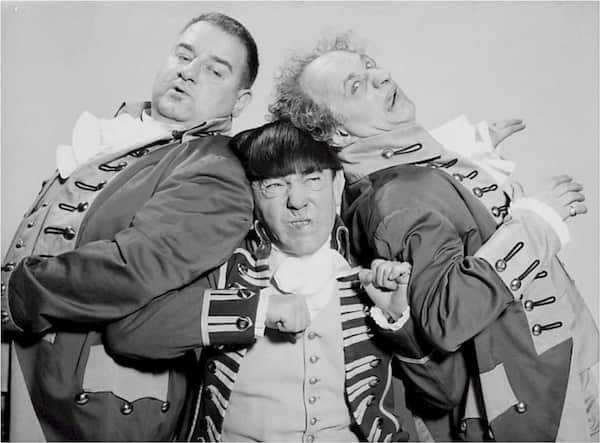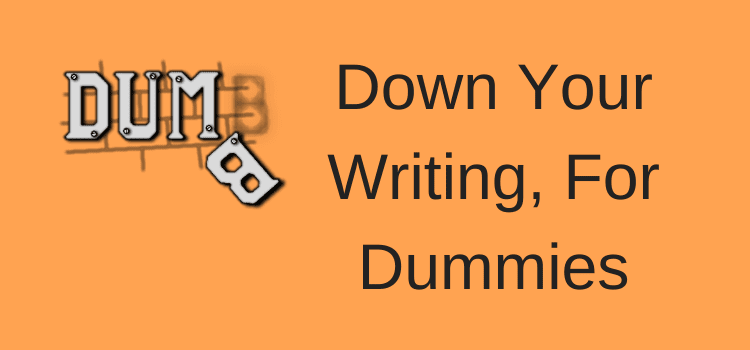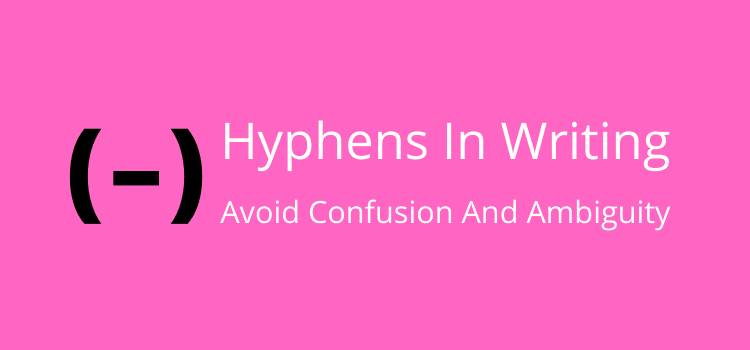
Using the rule of three in writing is one of the most effective ways to make your words more memorable and impactful.
Readers grasp threes quickly because they feel complete, balanced, and easy to recall.
You see it everywhere in literature, movies, speeches, and advertising. Fairy tales give us The Three Little Pigs, and storytellers rely on a beginning, middle, and end, while safety campaigns remind us to stop, look, and listen.
Writers use the rule of three because it creates rhythm and makes ideas stick. It’s a simple but powerful way to make your writing more engaging and persuasive.
Why the rule of three works in writing

You’ll find that a group of three is powerful because it presents ideas in a way your readers can easily absorb and remember.
Your brain processes small sets quickly, and your readers’ brains do the same.
Three is the smallest number that creates a sense of rhythm and completeness that feels satisfying.
If you use only two items, like black and white, you give your readers a pair, but not a pattern they can latch onto.
Add a third, like red, white, and blue, and you create a sequence that sticks in their minds.
That’s why you’ll see the rule of three everywhere in storytelling, from three-act plays to three main plot points.
When you structure your story around three main characters, you give readers variety without overwhelming them.
You can even use it in comedy, with the setup, anticipation, and punchline, which is a rhythm your readers will instantly recognize.
By presenting ideas in threes, you make your writing much more memorable. Now, let’s look at how the rule works in practice.
Examples of the rule of three in writing
You only need to think back to your childhood to recall the importance of three.
Stories such as Three Blind Mice, The Three Musketeers, Three Little Pigs, and Goldilocks and the Three Bears are still favorites with children.
You learned expressions like on your mark, get set, go and hip, hip, hooray.
Even Superman gave you memorable threes: it’s a bird, it’s a plane, it’s Superman, and Truth, Justice, and the American Way.
These are classic examples of the rule of three in writing, showing how repetition in threes sticks in our memory.
Advertising uses the rule of three, too, reminding you that a Mars day helps you work, rest, and play.
You can probably recite many expressions like these. That is why the number three is so powerful.
Writers across history have relied on this formula because it’s easy for readers and listeners to remember.
It’s as easy as A, B, C.
Here are some classic examples.
In the United States Declaration of Independence, Thomas Jefferson drafted the line, Life, Liberty, and the Pursuit of Happiness.
In the bible, there is the Holy Trinity: the Father, the Son, and the Holy Spirit.
Another example is Friends, Romans, Countrymen, by William Shakespeare in Julius Caesar.
Never before in the field of human conflict was so much owed by so many, to so few, by Sir Winston Churchill.
There are three kinds of lies: lies, damned lies, and statistics by Benjamin Disraeli.
Other three-part literary devices
Other forms of the structure are repetition and alliteration.
Location, location, location.
Our priorities are education, education, education.
Cool, calm, and collected.
Going, going, gone.
There is also a hendiatris.
It is a figure of speech that uses three successive words to express a principal idea.
Some well-known examples include: Veni, Vidi, Vici, from Julius Caesar.
Liberté, Égalité, Fraternité from France.
Citius, Altius, Fortius, the Olympic motto.
And who doesn’t know wine, women, and song?
In theater and Hollywood films, the three-act structure is very common.
It comprises the Setup, the Confrontation, and the Resolution.
One, two, three, then laugh
When you present one item, you are giving a powerful signal. Think here of Stop War, Fake News, and Me Too.
With two, you create contrast or comparison. It’s me or you, it never rains, it pours, and I want to see it in black and white.
Three items can convey completeness, but they can also create emphasis or surprise.

Comedy often relies on this pattern, known as SAP: setup, anticipation, and punchline.
A good example is this one by Lewis Carroll. The rule is jam tomorrow and jam yesterday, but never jam today.
Another example of how it can be used in comedy is from The Dick Van Dyke Show.
Can I get you anything? Cup of coffee? Doughnut? Toupee?
You see it in memorable phrases like mad, bad, and dangerous to know.
Or in rhythms that stick: Seen it, done it, bought the T-shirt, and stand up, speak up, and shut up.
Wendy Liebman said, I got my first bikini. It’s a three-piece: It’s a top, a bottom, and a blindfold for you.
Reader, suppose you were an idiot. And suppose you were a member of Congress. But I repeat myself. —Mark Twain
Why the rule of three makes your writing stick

All writers know the cliché that every good story needs a beginning, a middle, and an end.
But it is more important to think about your message. What do you want your readers to remember clearly?
You don’t need to rely only on idioms and expressions to follow the rule.
When writing an article, arrange your ideas or recommendations in groups of three. Using the rule of three in writing makes your points more digestible and memorable. Bullet points work perfectly for this.
But you can’t have one or two bullet points, and four or more can become confusing. Three is the sweet spot.
In your conclusion or summary, highlight your three main points to make them stick.
An expression that relates to public speaking can also apply to good article writing. Tell them what you are going to tell them. Tell them. Then tell them what you have just told them.
When writing fiction, too many characters can confuse and frustrate readers.
You have your protagonist, of course. But you should keep the other main characters to two. Perhaps the antagonist and the romantic interest.
What about the locations in your novel? Are there too many for a reader to remember?
When you think about the use of three in writing, it can clarify your thinking and concentrate your ideas down to the best ones.
However, if you have six terrific ideas you want to express, break them up into two groups.
Brian Clark wrote an excellent piece for content writers. He says that you need to address who, what, and how. It is an excellent example of three-part thinking when preparing your first draft.
Yes, we all know that writing is easy. It only involves blood, toil, tears, and sweat.
Or should that only be blood, sweat, and tears?
Conclusion
People love things in threes because they can remember them.
Making a long list in an article or developing a story in multiple confusing layers might seem intellectual.
But it is a recipe for losing attention. It’s not about intellect but about the basics of human memory and attention span.
How do you remember telephone numbers? You do so by breaking it down into little groups of two or three numbers.

The same logic should apply to your writing. When you want to make it memorable, chunk it into ones, twos, and threes. But no more.
In his book Writing Tools: 50 Essential Strategies for Every Writer, Roy Peter Clark says this about the rule of three.
… the “encompassing” magic of number three … in our language or culture, three provides a sense of the whole …
… in the anti-math of writing, the number three is greater than four. The mojo of three offers a greater sense of completeness than four or more. …
Use one for power. Two for comparison, and contrast. Use three for completeness, wholeness, and roundness.
These are three wise pieces of advice for all writers.
Related reading: Palindromes Are Fun, Whichever Way You Look At Them
Share This Article


